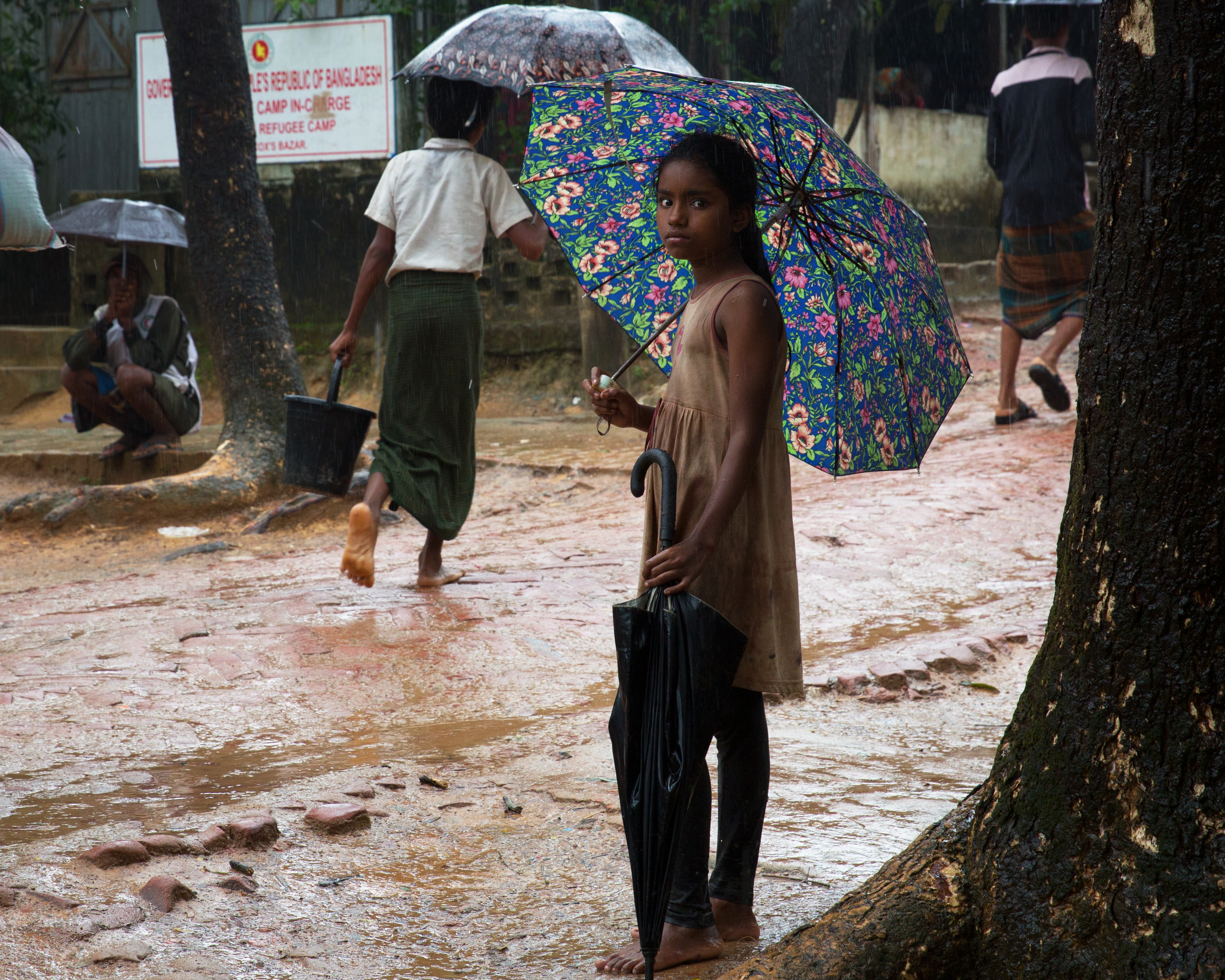
Rohingya refugees: Life in Cox’s Bazar and the importance of staying connected
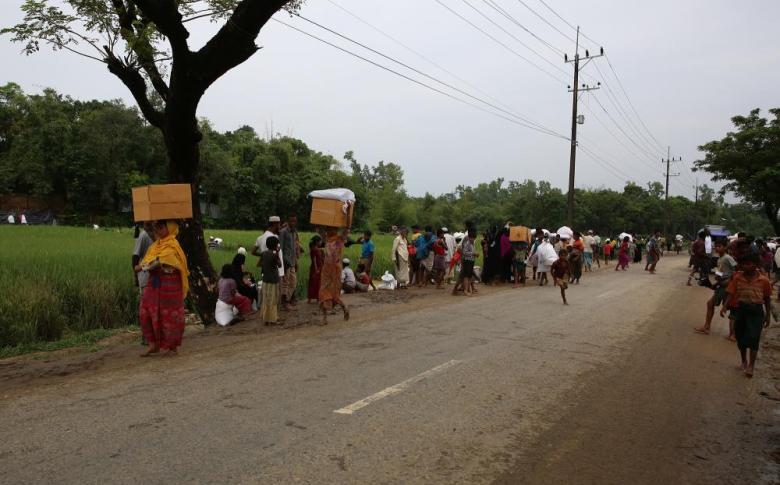
The rain is falling heavily in Cox’s Bazar. The ETS team – Alpha Bah, Chief of the ETC, Phyza Jameel, Services for Communities (S4C) advisor, and myself get into a minivan to visit some of the refugee camps and new settlements in the region. The vegetation around is lush and green. The plants seem to be sprouting out of the road. The day is grey and gloomy. As we make our way closer to Kutuplong refugee camp, the rain intensifies and we exchange remarks on how this will likely impact Rohingya refugees, who at best have a temporary shelter or at worse, no roof at all over their heads.
Various scenes flicker in front of our eyes. A father and a daughter with matching pink umbrellas. Kids running after a WFP truck, trying to catch a ride. A man using an old-fashioned metal scale to weight some onions. Chickens and ducks crossing the road, flooded by dirty water. A sea of colourful umbrellas.


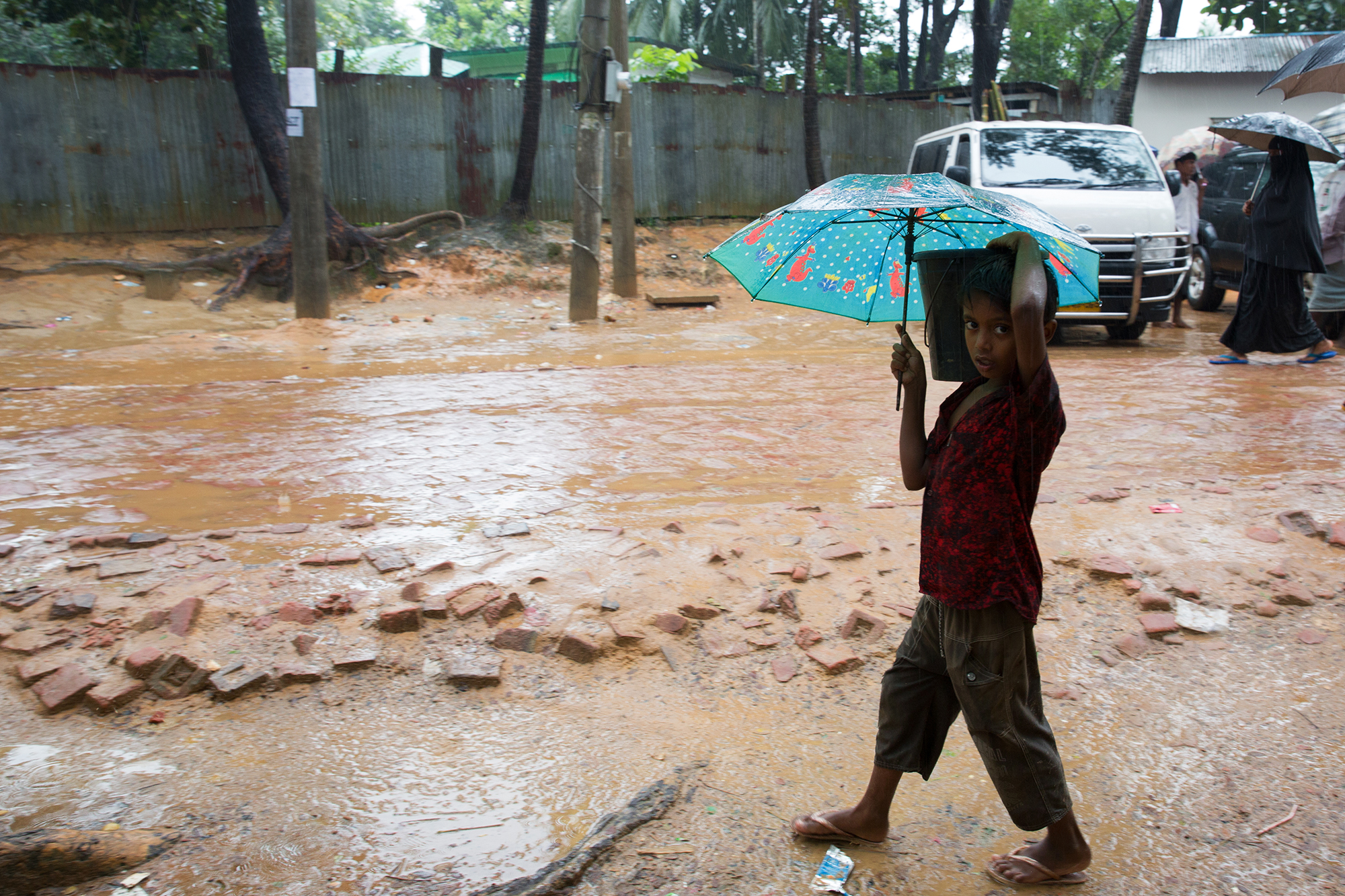
We spend the day with Phyza, who is conducting interviews with the Rohingya people to assess their needs in terms of communications and information access. Three stories stand out.


In Kutupolong, Khaled, a humanitarian worker from the local Non-Government Organisation (NGO), BRAC, accompanies us, to help with translation. The first person we meet is Sadiq, 32, who has lived in Bangladesh since 1992. He was part of the first wave of Rohingya refugees who fled the prosecution in Myanmar to Cox’s Bazar. He owns a little hut, next to a UNICEF-led child learning centre, where he lives with his three sons. He runs a little business selling wood. He has a mobile phone, so he can contact his family and friends scattered around the Kutupalong camp.
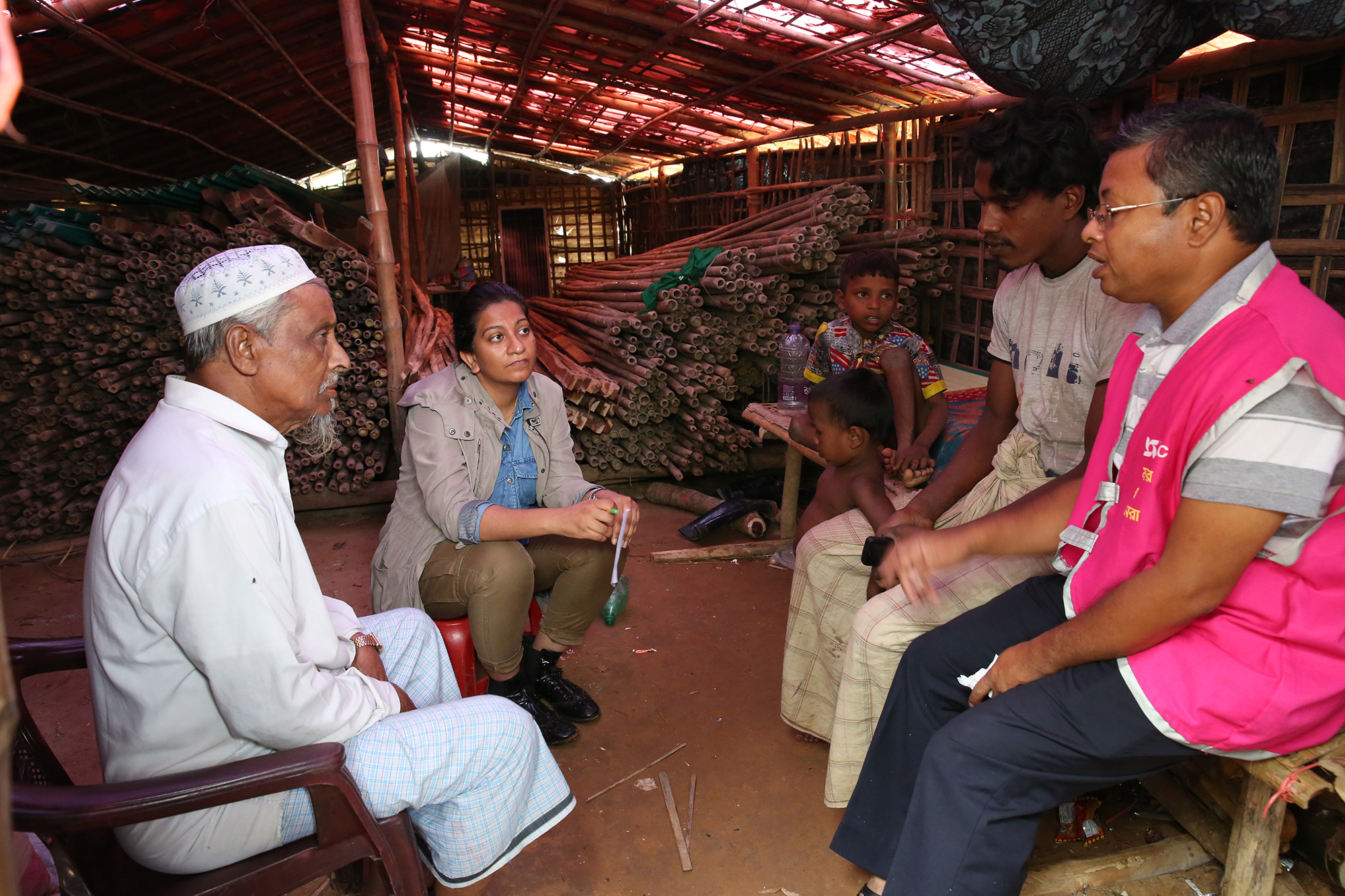
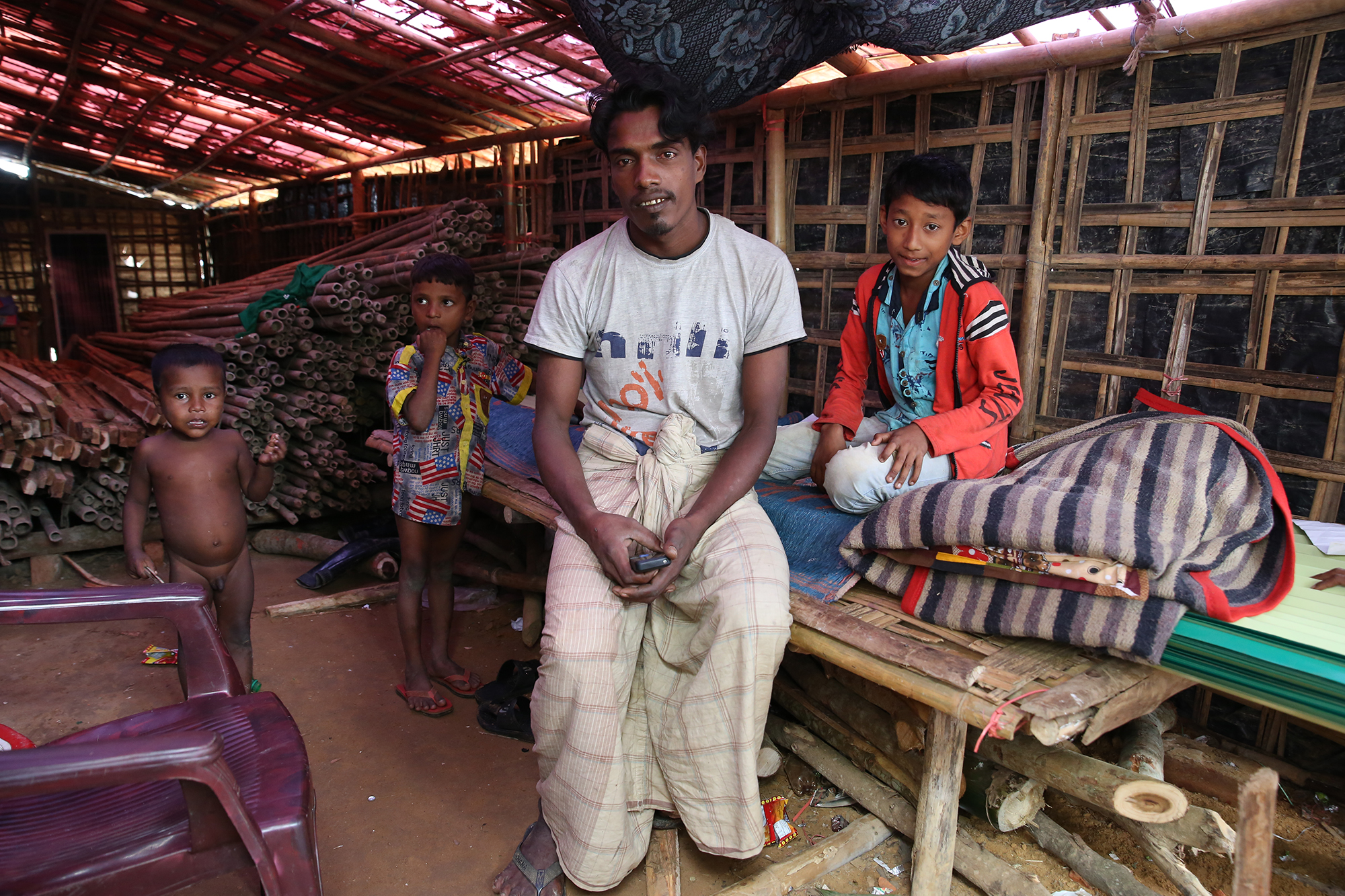
We move from Kutupolong to one of the makeshift settlements. There, the newly arrived Rohingya refugees, who have been crossing the border since August 2017 to escape the violence, are setting up their shelters – with bamboo sticks and tarpaulin. Before we enter the next hut, the owner spreads a carpet on the floor so we can sit down. She quickly grabs the freshly-washed cloths, which are hanging around, trying to make us feel more comfortable. Her hospitality touches me. It warms my heart to see this woman, who has been through so much, welcoming us and trying to make us feel more comfort. Two WFP colleagues are translating the conversation.

Shamsunahar, 35, is a mother of two girls and a boy. She came to Bangladesh recently, and she has not been granted the official refugee status. She recalls how, on the other side of the border, her husband was shot dead and her house set on fire. She escaped with her three children. When asked what relief services she is able to access, she presents us with her WFP assistance card. Our translators realise she has not collected her entitlements in this round of distribution, which are ending the same day. When asked why, she looks puzzled and says she did not know that she was entitled to it. She does not own a phone or a radio, which were her preferred ways of accessing information back home in Myanmar. Here, she relies on information spread by the wardens, all males, who she does not feel very comfortable with, so she does not seek information from them. Shamsunahar admits she is scared at night being all alone with her children, so she often just lies awake, watching over her kids. Still, when asked to be photographed, she smiles for us and tells her two daughters to dress up. Afterwards, the WFP staff take her to the distribution point, so that she can collect her portion of rice, lentils and oil.
After the household interviews, I am dragging behind everybody else, taking a few more photos. The sound of music grabs my attention. It’s a typical pop song that teenagers listen to everywhere else in the world. I notice a lot of commotion around one of the tents. There are solar panels, a mini speaker, cables, and a young man sitting at a little table, fully-concentrated, and tinkering with a phone. I call the team back so we can ask him a few questions.
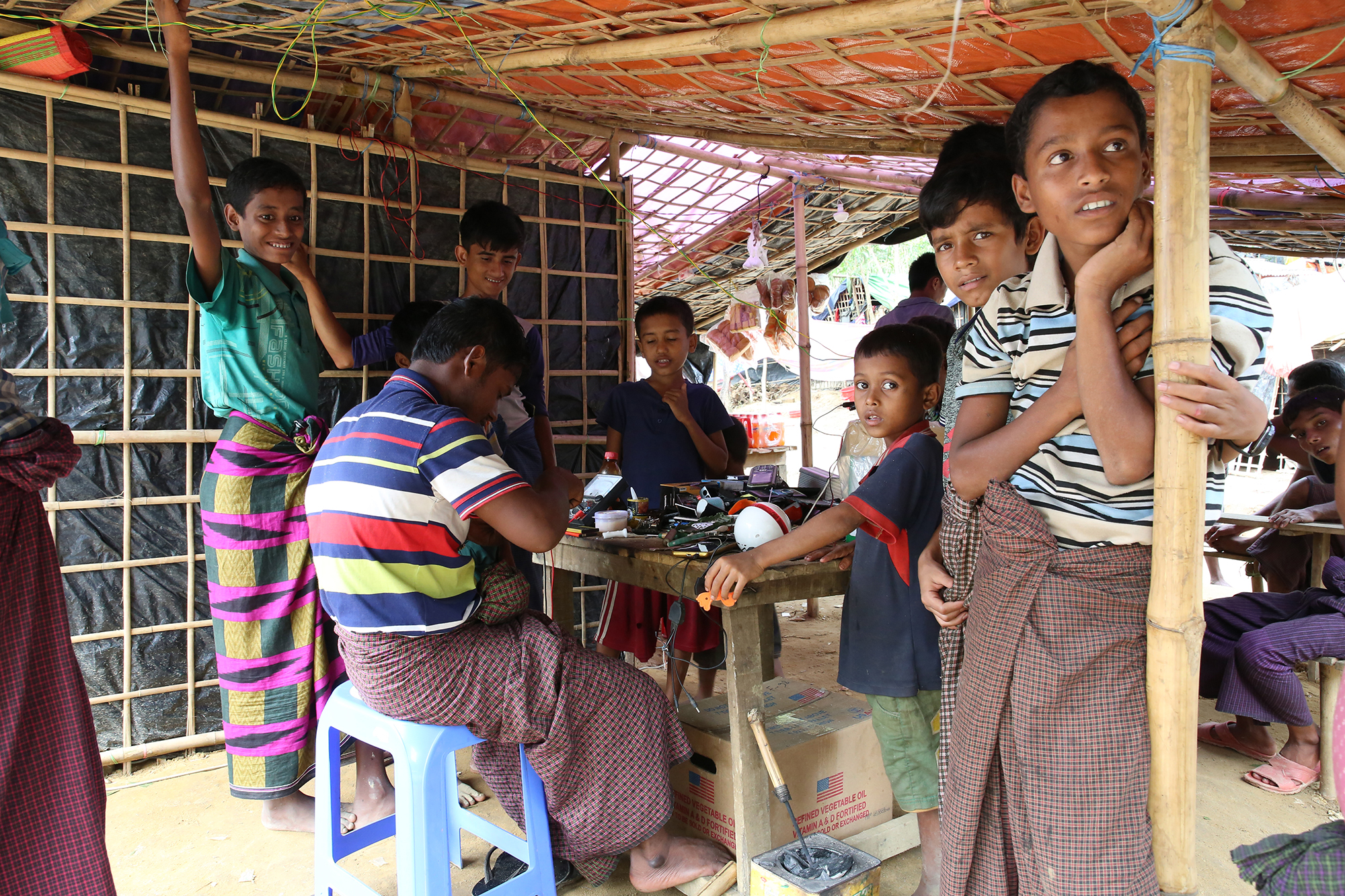
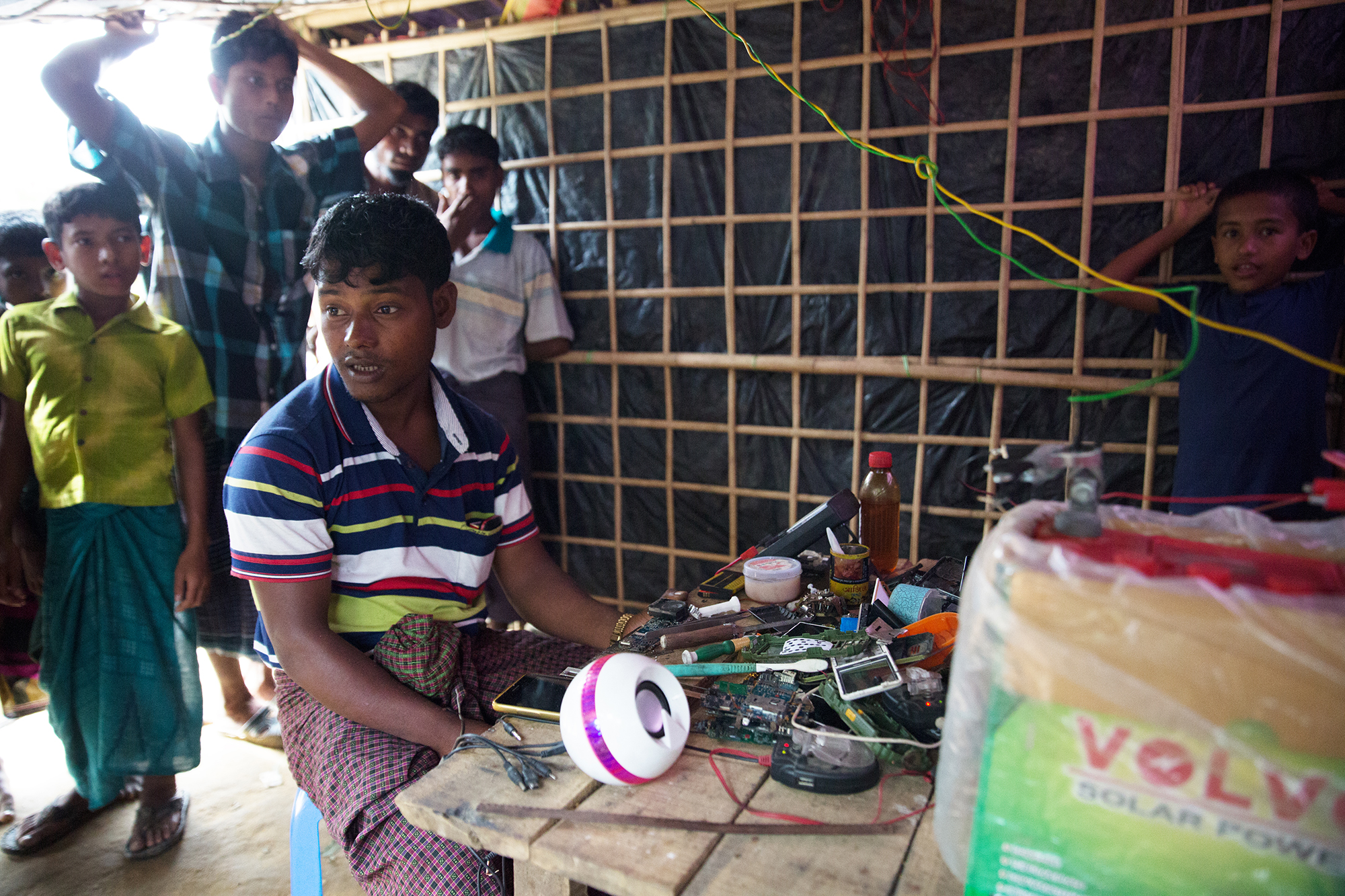
The boy informs us that he arrived in Bangladesh just 15 days ago and already started a little business, offering to repair phones and other electronic devices. He is humble when answering our questions, but also very glad that somebody is showing interest in his story. He wants life to go on, so he uses his knowledge and skills to help others.
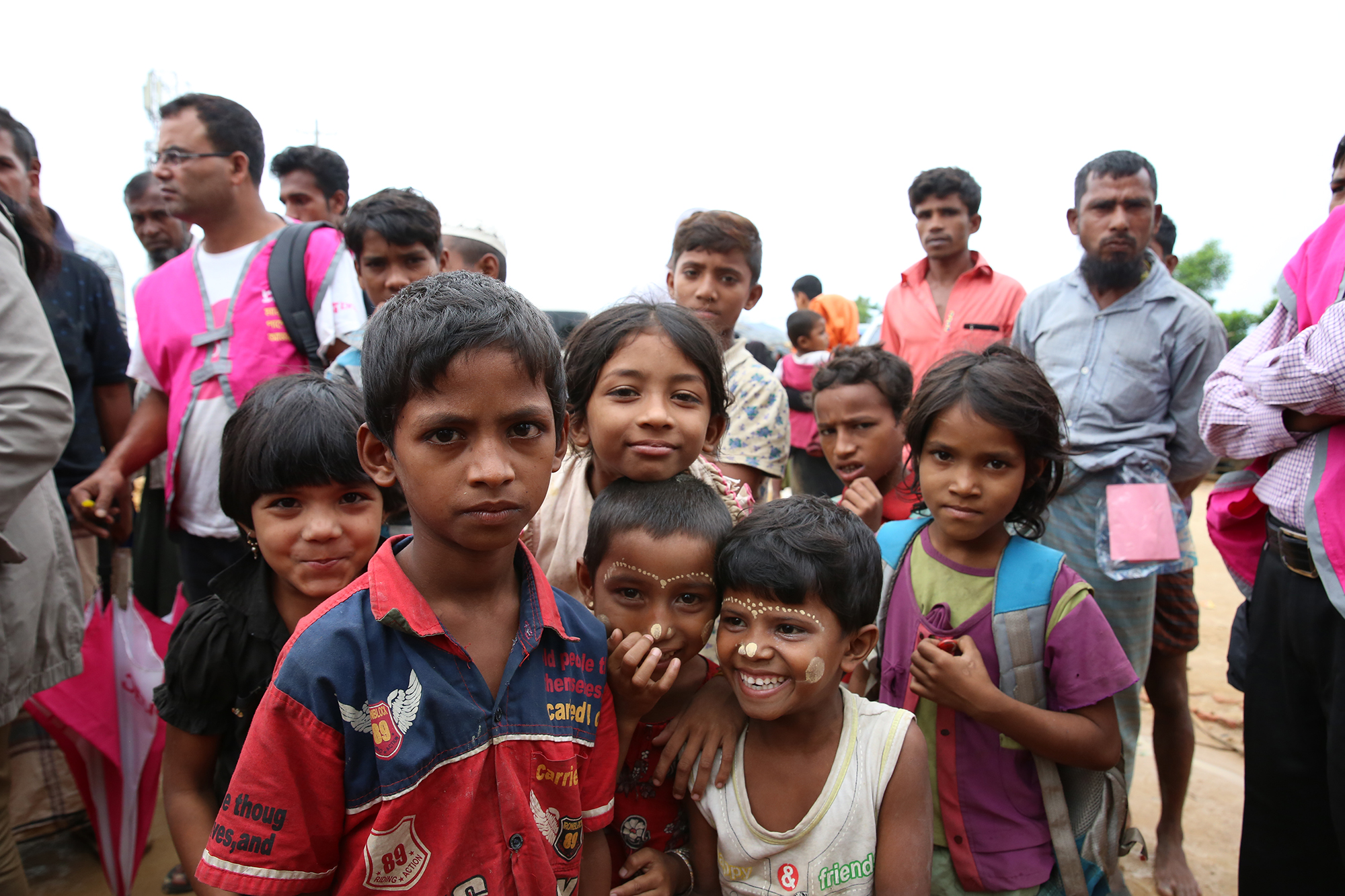
At the end of the day, the rain has stopped and the sun has come out. Despite the difficult circumstances, the Rohingya people and their children remain calm, dignified and hopeful. They try to live their lives – children play on the streets, teenagers listen to music and people try to occupy themselves in meaningful ways. One thing is clear: Mobile connectivity plays an essential role in restoring a sense of normalcy in Cox’s Bazar. It can help affected communities access information, communicate and coordinate better. People set up What’s app groups, watch videos or research topics of interests. It is often the first step in rebuilding their lives.
The Emergency Telecommunications Sector (ETS) has been present in Cox’s Bazar since September 2017 assessing the ICT needs in the region for both humanitarian organisations and affected populations. The ETS S4C advisor is exploring options around how technology can be used to help the Rohingya refugees – to better collect their feedback and concerns, to disseminate information about their entitlements, but also help them connect with families and friends.
Story & photos: WFP / Katarzyna Chojnacka